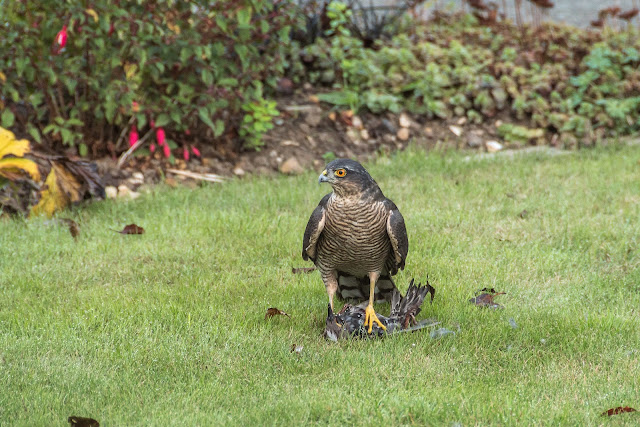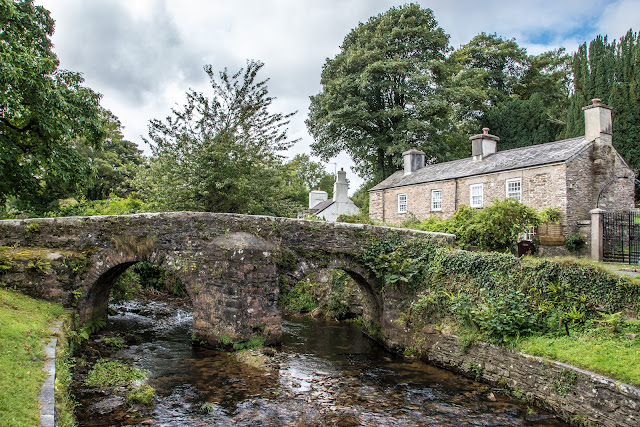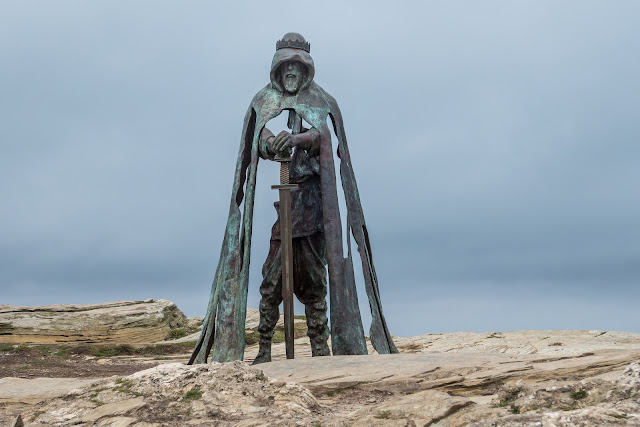Today we decided to walk along the coastal path and just soak up the glorious day. This looked like a lovely long beach with the prospect of a walk along a short part of the Coastal path. We were not disappointed as, on a glorious day, we arrived at Sandymouth. As you can see, there were very few people about, apart from the odd couple walking along the Coastal path like us, toward Northcott Mouth. A walk back along the beach was planned but was abandoned when, on composing this picture, we were surprised by a fast incoming tide and ended up with very wet feet. It was funny though! The reason we were taking picture of this particular rock formation was the apparent presence of `coral` formations on it? Anyway, back up onto the cliffs and trying to dry out the feet on the way back. This little creature posed for a few moments. A cup of coffee and a sandwich of crab (a bit disappointing), and we made our way t...




